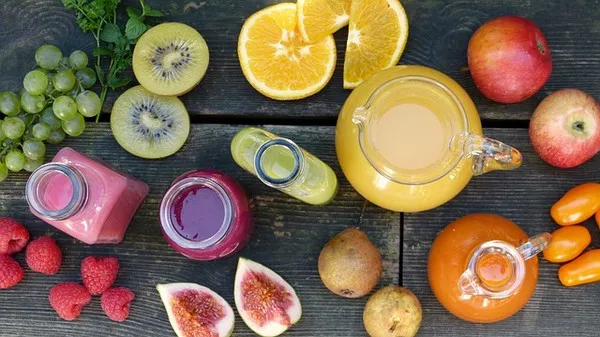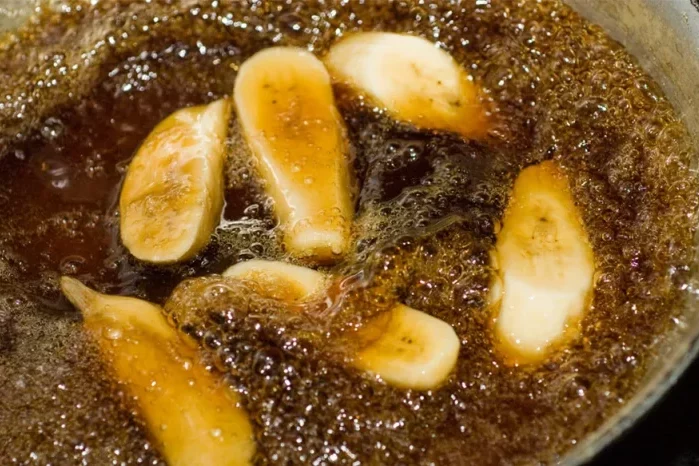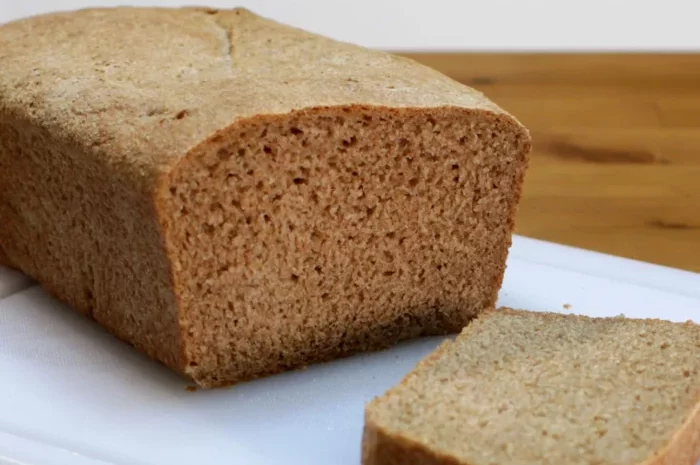Managing diabetes through diet is crucial for maintaining stable blood sugar levels and preventing complications. This article explores the best dietary practices for people with diabetes, focusing on balanced nutrition, meal planning, and specific foods to include and avoid.
Understanding Diabetes and Diet
Diabetes is a chronic condition that affects how the body processes blood sugar (glucose). The main types are type 1, type 2, and gestational diabetes. Regardless of the type, managing blood sugar levels is essential. Diet plays a significant role in this management by providing the necessary nutrients without causing sharp spikes in blood sugar.
General Dietary Guidelines for Diabetes
Balanced Nutrition
A balanced diet for diabetes should include a mix of carbohydrates, proteins, and fats. Here’s a closer look at each macronutrient:
- Carbohydrates: These should come from complex sources like whole grains, vegetables, fruits, and legumes. They are digested more slowly, leading to a gradual rise in blood sugar.
- Proteins: Lean protein sources such as chicken, fish, beans, and tofu help keep you full and stabilize blood sugar levels.
- Fats: Healthy fats from avocados, nuts, seeds, and olive oil are beneficial. They should be consumed in moderation.
Portion Control
Managing portion sizes is crucial for controlling blood sugar levels. Overeating, even healthy foods, can lead to spikes in blood sugar. Using smaller plates, measuring servings, and being mindful of portions can help.
Regular Meals
Eating at regular intervals helps maintain stable blood sugar levels. Skipping meals can lead to significant fluctuations, making it harder to manage diabetes. Aim for three balanced meals and one or two snacks per day.
Foods to Include
Non-Starchy Vegetables
Non-starchy vegetables like spinach, broccoli, cauliflower, and peppers are low in carbohydrates and high in fiber, vitamins, and minerals. They should make up a large portion of your diet.
Whole Grains
Whole grains like brown rice, quinoa, oatmeal, and whole wheat bread are excellent sources of fiber and have a lower glycemic index than refined grains, meaning they cause a slower rise in blood sugar.
Lean Proteins
Lean proteins help maintain muscle mass and keep you full. Include options like:
- Chicken breast
- Turkey
- Fish (especially fatty fish like salmon and mackerel, which are high in omega-3 fatty acids)
- Beans and legumes
- Tofu and tempeh
Healthy Fats
Healthy fats are essential for heart health and can help manage blood sugar levels. Include sources like:
- Avocados
- Nuts and seeds (almonds, walnuts, chia seeds, flaxseeds)
- Olive oil and other plant-based oils
Low-Glycemic Fruits
Fruits can be part of a diabetes-friendly diet when chosen wisely. Low-glycemic fruits like berries, apples, and pears are better options because they have a smaller impact on blood sugar levels.
Dairy and Dairy Alternatives
Low-fat or non-fat dairy products, as well as fortified plant-based alternatives like almond milk and soy yogurt, provide calcium and vitamin D without excess fat.
Foods to Avoid
Sugary Foods and Drinks
Foods high in sugar can cause rapid spikes in blood sugar. Avoid:
- Sugary beverages like soda, energy drinks, and sweetened teas
- Desserts like cakes, cookies, and candies
- Sweetened breakfast cereals
Refined Carbohydrates
Refined carbohydrates are quickly digested, leading to rapid increases in blood sugar. Avoid:
- White bread and pastries
- White rice
- Regular pasta
Trans Fats and Saturated Fats
Trans fats and excessive saturated fats increase the risk of heart disease, which is already higher in people with diabetes. Avoid:
- Fried foods
- Processed snacks like chips and crackers
- High-fat dairy products
- Fatty cuts of meat
High-Sodium Foods
High sodium intake can lead to hypertension, which is a common complication of diabetes. Limit:
- Processed foods
- Canned soups and vegetables
- Fast food
Meal Planning Tips
The Plate Method
The plate method is a simple way to plan balanced meals. Divide your plate into three sections:
- Half: Non-starchy vegetables
- One quarter: Lean protein
- One quarter: Whole grains or starchy vegetables
Carbohydrate Counting
Carbohydrate counting helps manage blood sugar by keeping track of the carbs you consume. This method involves:
- Learning the carb content of foods
- Setting a daily carb goal
- Spreading carb intake evenly throughout the day
Glycemic Index
Choosing foods with a low glycemic index (GI) helps control blood sugar levels. Low-GI foods are digested and absorbed more slowly. Examples include:
- Whole grains
- Non-starchy vegetables
- Most fruits
Sample Meal Plan
Breakfast
- Option 1: Greek yogurt with berries and a sprinkle of chia seeds
- Option 2: Whole grain toast with avocado and a poached egg
- Option 3: Smoothie with spinach, almond milk, banana, and a scoop of protein powder
Lunch
- Option 1: Quinoa salad with chickpeas, cherry tomatoes, cucumber, and a lemon-tahini dressing
- Option 2: Grilled chicken breast with steamed broccoli and a side of brown rice
- Option 3: Lentil soup with a mixed greens salad and a whole grain roll
Dinner
- Option 1: Baked salmon with roasted Brussels sprouts and sweet potato wedges
- Option 2: Stir-fried tofu with bell peppers, snow peas, and brown rice
- Option 3: Turkey chili with a side of quinoa and steamed green beans
Snacks
- Option 1: Apple slices with almond butter
- Option 2: Carrot sticks with hummus
- Option 3: A handful of mixed nuts
Special Considerations
Alcohol
Alcohol can affect blood sugar levels and interact with diabetes medications. If you choose to drink, do so in moderation and always with food. Check your blood sugar before and after drinking to understand how it affects you.
Eating Out
Eating out can be challenging, but with some planning, it’s manageable. Tips include:
- Checking the menu online beforehand
- Choosing grilled, baked, or steamed options over fried
- Asking for sauces and dressings on the side
- Watching portion sizes
Holidays and Special Occasions
During holidays and special occasions, it’s easy to overindulge. Plan ahead by:
- Eating a healthy snack before the event
- Focusing on non-starchy vegetables and lean proteins
- Being mindful of dessert portions
Monitoring and Adjusting
Blood Sugar Monitoring
Regularly monitoring blood sugar levels helps you understand how different foods affect you. Keep a log of your readings and discuss them with your healthcare provider to adjust your diet as needed.
Working with a Dietitian
A registered dietitian can provide personalized advice and meal plans based on your individual needs and preferences. They can help you navigate challenges and stay on track with your dietary goals.
See also: How to Manage Cholesterol and Blood Sugar for Diabetics
Conclusion
Managing diabetes through diet involves making thoughtful food choices, controlling portions, and eating regular meals. Focus on whole, unprocessed foods, and include a variety of vegetables, whole grains, lean proteins, and healthy fats in your diet. Avoid sugary foods, refined carbohydrates, and unhealthy fats. With careful planning and monitoring, you can maintain stable blood sugar levels and enjoy a healthy, balanced diet.
Related topics:
What’s the Importance of Healthy Fats in a Diabetic Diet


























